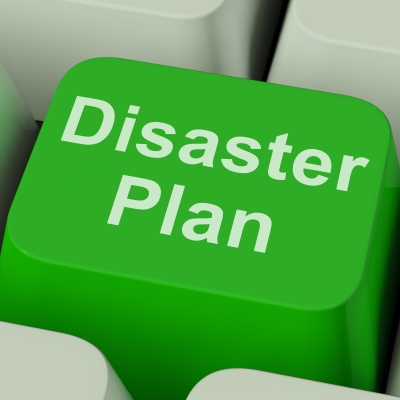 Every company faces the risk of downtime and data disaster on a daily basis. Thoughts of Disaster Recovery as a Service (DRaaS) may bring images of hurricanes and tornadoes to mind, but, in reality, data faces a constant barrage of smaller disasters. A local power outage, human error, or even a squirrel nibbling on a wire can cause some level of disaster with direct monetary consequences.
Every company faces the risk of downtime and data disaster on a daily basis. Thoughts of Disaster Recovery as a Service (DRaaS) may bring images of hurricanes and tornadoes to mind, but, in reality, data faces a constant barrage of smaller disasters. A local power outage, human error, or even a squirrel nibbling on a wire can cause some level of disaster with direct monetary consequences.
Enterprise & SMB Disaster Recovery
For large enterprises, the resources and motivation may be there to implement sprawling and expensive DR (disaster recovery) solutions with fully redundant infrastructures and data replication. These organizations can afford to spend large amounts of money for a system that reduces downtime to fractions of a second.
For many small- and medium-sized businesses (SMBs), the need to reduce downtime remains just as strong, but the resources simply are not available to fund physical, fully instantaneous failover systems. Also, the market has often failed to offer affordable, realistic options for SMBs—but that is changing.
DRaaS: SMB Game-changer
SMBs need affordable coverage for day-to-day downtime as well as the occasional “act of god.” A compelling DR solution for SMBs should offer the following:
- Reliable data backup.
- Fast recovery and availability of data as well as applications.
- Failover options where necessary.
- Testing options to ensure DR is working.
- Compliance maintenance throughout disaster scenarios.
Virtualized Disaster Recovery
Downtime directly results in lost revenue. It might prevent consumers from making a sale. It might result in loss of confidence from potential or current clients, and it definitely results in employees being unable to do their work.
For SMBs, lost revenue and lost customers are two drastic effects of downtime. Disaster recovery simply needs to get applications running as fast as possible in the event of disaster—while maintaining compliance.
The cost-effective solution for DR involves seamless virtualization and fast recovery:
- Virtual servers make constant replicas of applications and data.
- In the event of a disaster, the user has one-click access to restarting applications.
- Recovery is possible in under a minute—ideally, in seconds.
- Virtual applications must meet industry compliance standards.
- The recovery service must be tested for assurance and audits.
Mid-market Benefits
For smaller organizations, utilizing DRaaS offers affordable access to an appropriate level of protection, recovery speed, and security. DRaaS can address compliance needs such as those mandated by HIPAA (the Health Insurance Portability and Accountability Act) or PCI DSS (Payment Card Industry Data Security Standards).
In the event of a disaster, organizations must be able to operate with full compliance. Retail stores, for instance, could lose fortunes if unable to process credit cards during a server outage. DRaaS can provide PCI-compliant applications as part of a failover system.
For any organization, the looming prospect of an audit creates the need for demonstrating compliance during testing, which DRaaS services offer. Compared to purchasing an in-house DR Cloud solution, mid-market companies also benefit from DRaaS by avoiding large upfront costs in favor of a monthly subscription.
At the End of the Disaster
Disaster Recovery for SMBs needs to go beyond data backup; it needs to offer near-instantaneous recovery of applications. In practice, that means compliance standards must also be met, and the system needs to be testable at any time.
DRaaS provides a cost-efficient model for managing daily disaster risk by virtualizing data while also replicating security and compliance protocols.



